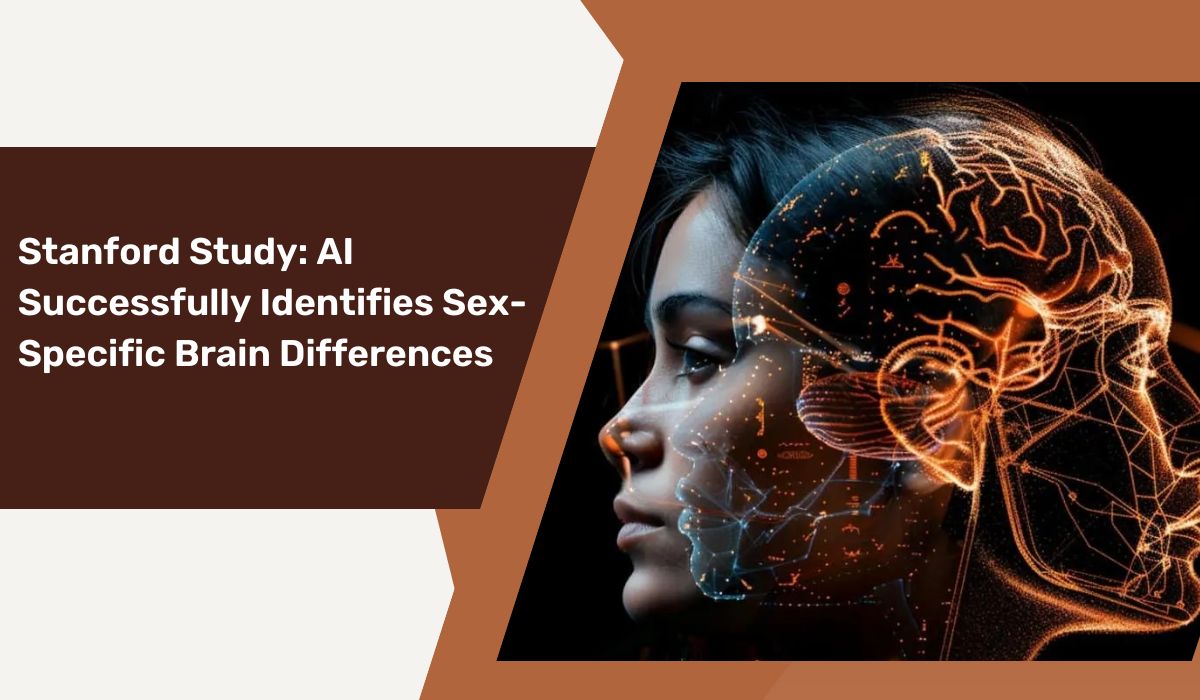
In a groundbreaking study published in the Proceedings of the National Academy of Sciences (PNAS), researchers have achieved a remarkable accuracy rate exceeding 90% in determining individuals' sex based on brain activity scans. This discovery sheds crucial light on the enduring debate surrounding sex-specific structural disparities in the human brain, with profound implications for the comprehension and treatment of neuropsychiatric conditions. Dr. Vinod Menon, director of the Stanford Cognitive and Systems Neuroscience Laboratory, underscored the significance of acknowledging sex disparities in brain anatomy. "Sex plays a pivotal role in various aspects of human brain development, aging, and the onset of psychiatric and neurological disorders," stated Menon, emphasizing the study's objective to advance comprehension of sex-specific mental and neurological susceptibilities.
Employing advanced AI techniques, particularly a spatiotemporal deep neural network (stDNN), the study scrutinized functional MRI (fMRI) data from approximately 1,500 young adults to explore sex-related discrepancies in brain function. This approach revealed distinct organizational patterns in male and female brains, showcasing the stDNN's impressive accuracy in distinguishing between the two sexes based on functional dynamics. These findings challenge prior notions of a continuum in male-female brain organization, spotlighting sex as a fundamental determinant of brain structure and function with significant implications for personalized medical interventions in treating mental and neurological disorders.
Taking their investigation further, the researchers developed specialized AI models tailored to predict cognitive abilities based on sex-specific brain features. Remarkably, while the model accurately predicted cognitive performance in men, it faltered when applied to women, and vice versa. Dr. Menon elucidated, "These models provide invaluable insights by effectively delineating brain patterns between sexes." This breakthrough not only underscores the real-world impact of functional disparities in brain organization on behavior and cognitive abilities but also signals a promising trajectory towards precision psychiatry, heralding a new era of tailored interventions informed by sophisticated brain imaging models.